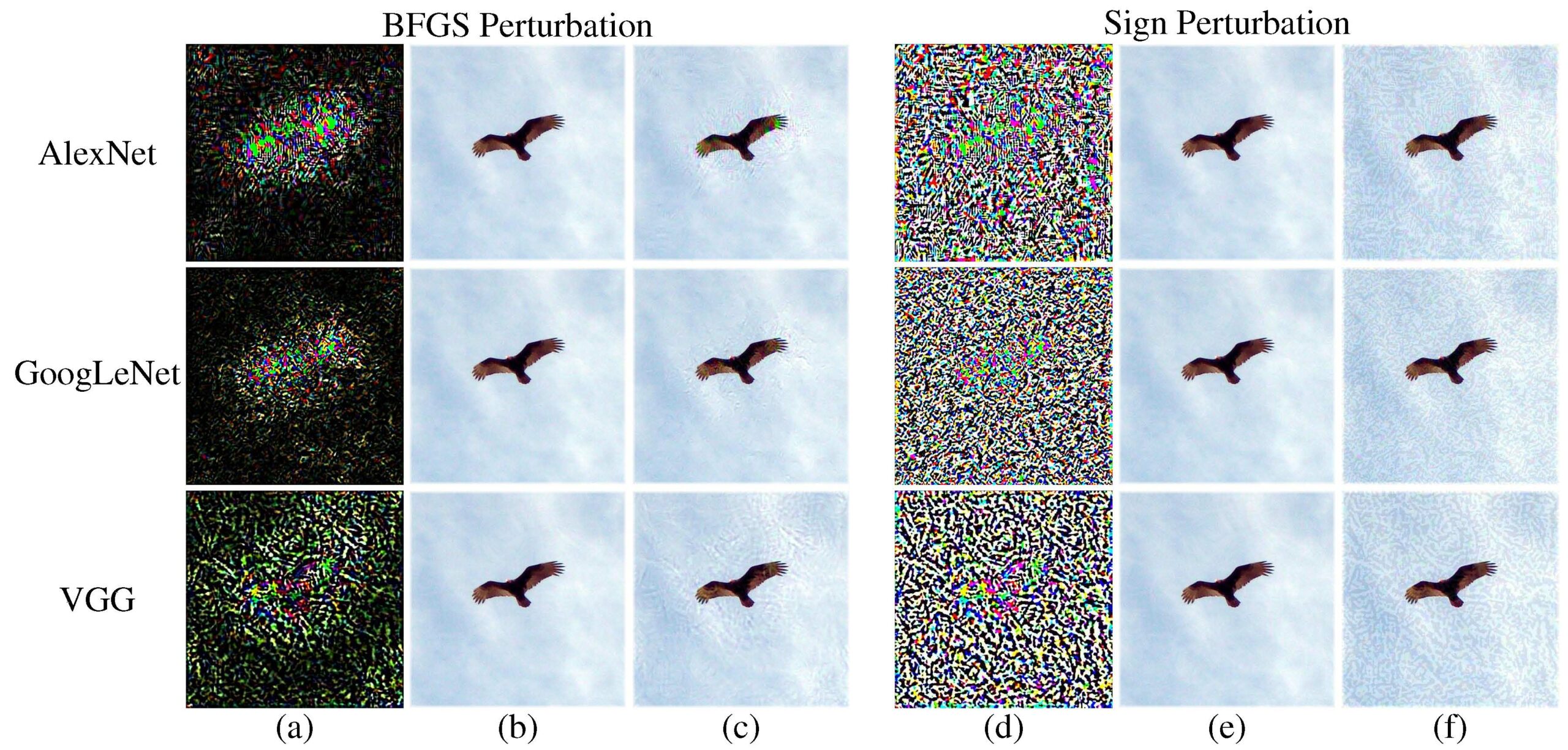Adversarial examples are input data used to mislead machine learning models, usually involving artificial neural networks (ANNs). These examples cause the model to misclassify the input incorrectly, despite any effort to correctly label it. Adversarial examples are usually generated using an iterative optimization process which designs an input that maximizes the probability of incorrect output.
Adversarial examples are useful in research as they provide tangible evidence of potential vulnerabilities in ANNs, and provide a basis for developing more robust machine learning models. For example, a common example of an adversarial example is a computer vision system that has trouble distinguishing cats from dogs. By providing a correctly labeled image of a dog that is modified in such a way that the model misclassifies it as a cat, researchers can gain insights into what patterns the ANN is using to classify the image.
In addition to their use in research, adversarial examples can also be used as an attack vector by malicious actors. For example, an adversary can use an adversarial example to fool a credit card fraud detection model into approving fraudulent purchases. To mitigate this type of attack, researchers have developed techniques such as adversarial training, which uses generated adversarial examples to train the ANNs to be more robust.
Adversarial examples represent a growing field of study, with new methods, applications, and research results being published at a rapid pace. Along with other open challenges in machine learning, developing robust models against adversarial examples is an important issue for the efficient protection of AI-based applications.





